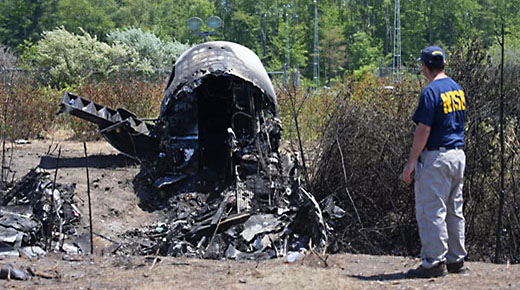Body
While some countries struggle with air safety, U.S. airplane travel has lately had a remarkable safety record. In fact, from 2014 through 2017, there were no fatal commercial airline crashes in the United States.
|
ADVERTISEMENT |
…
Want to continue?
Log in or create a FREE account.
By logging in you agree to receive communication from Quality Digest.
Privacy Policy.

Add new comment